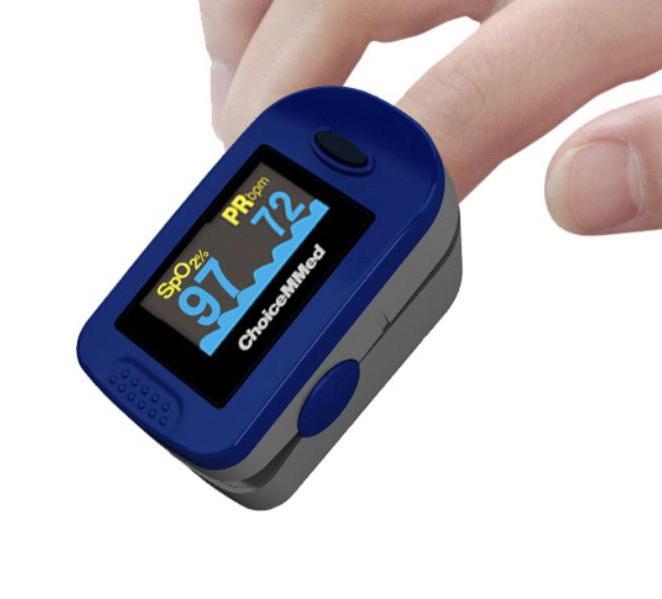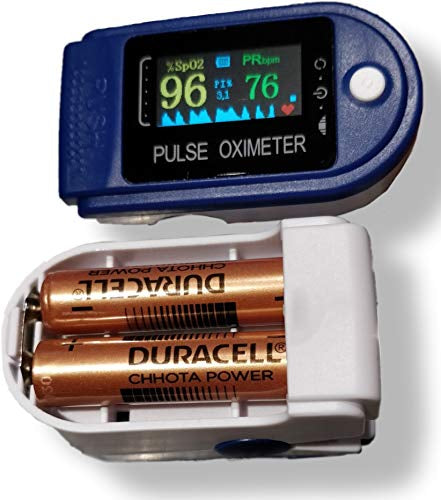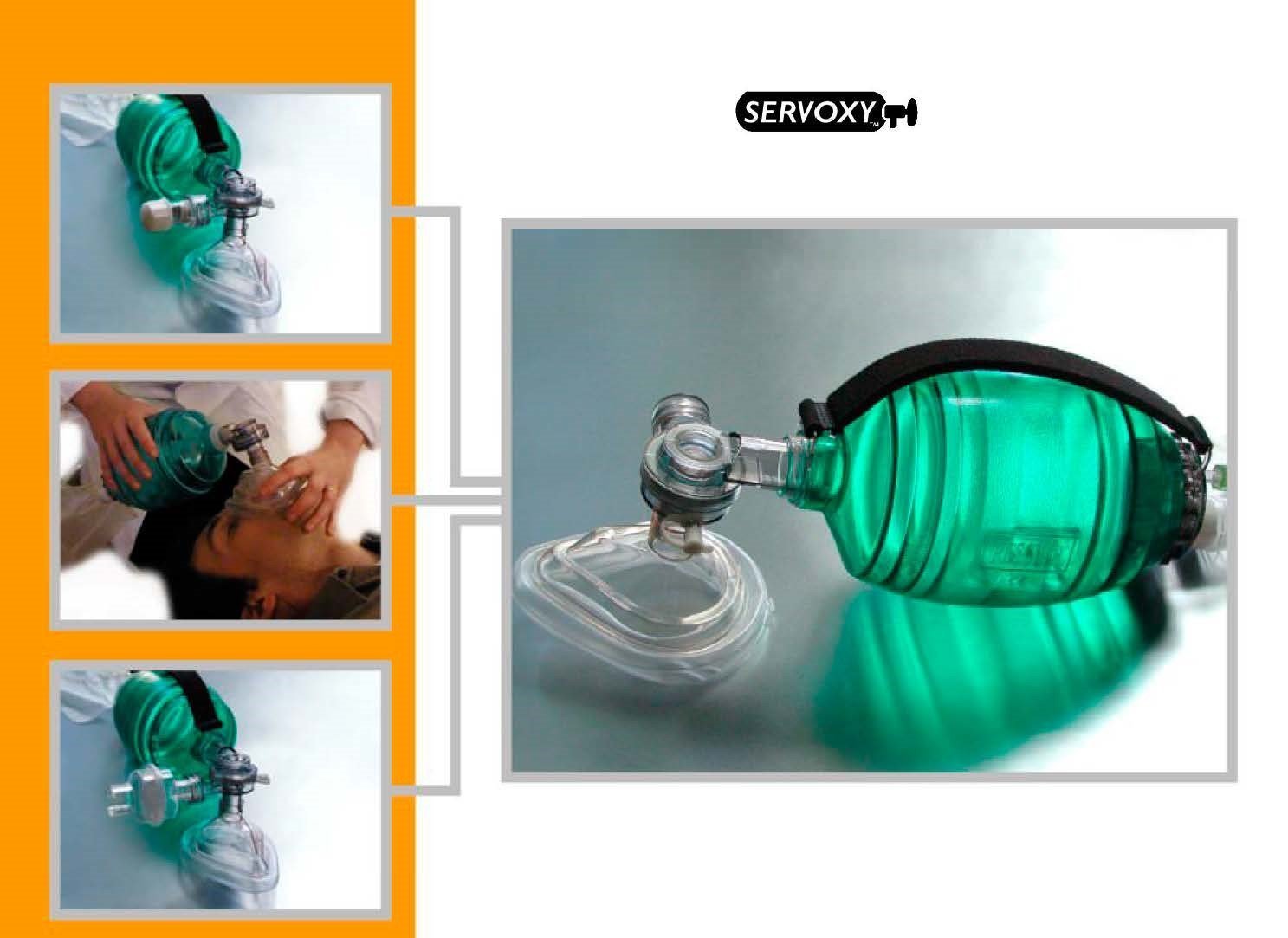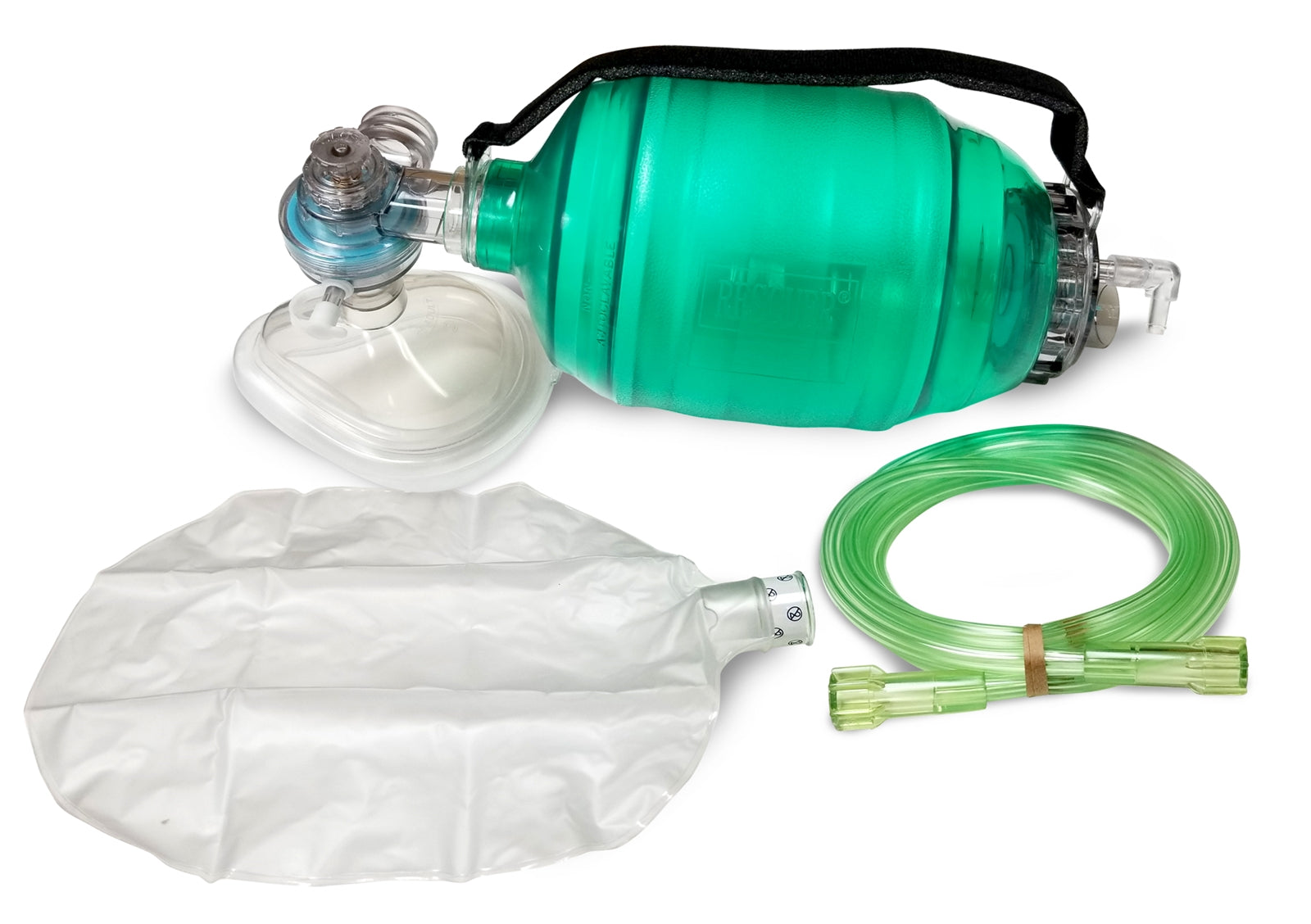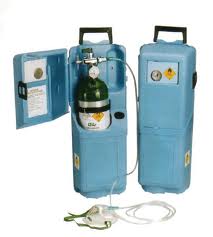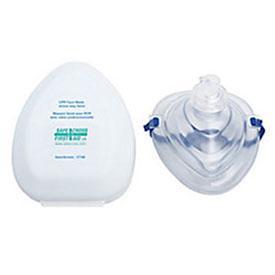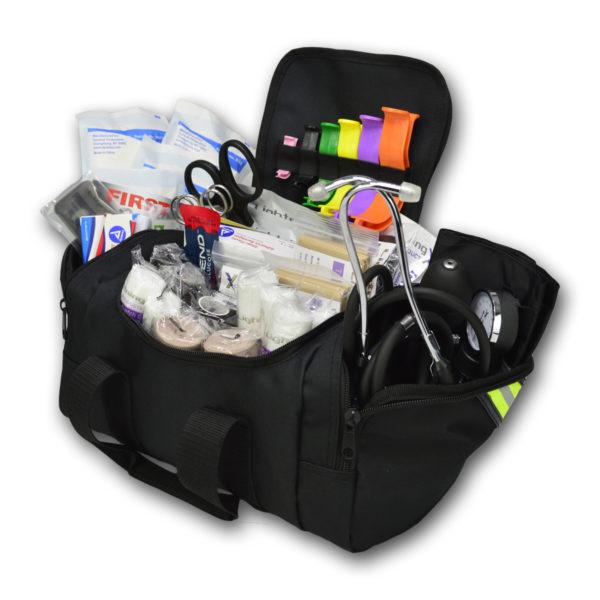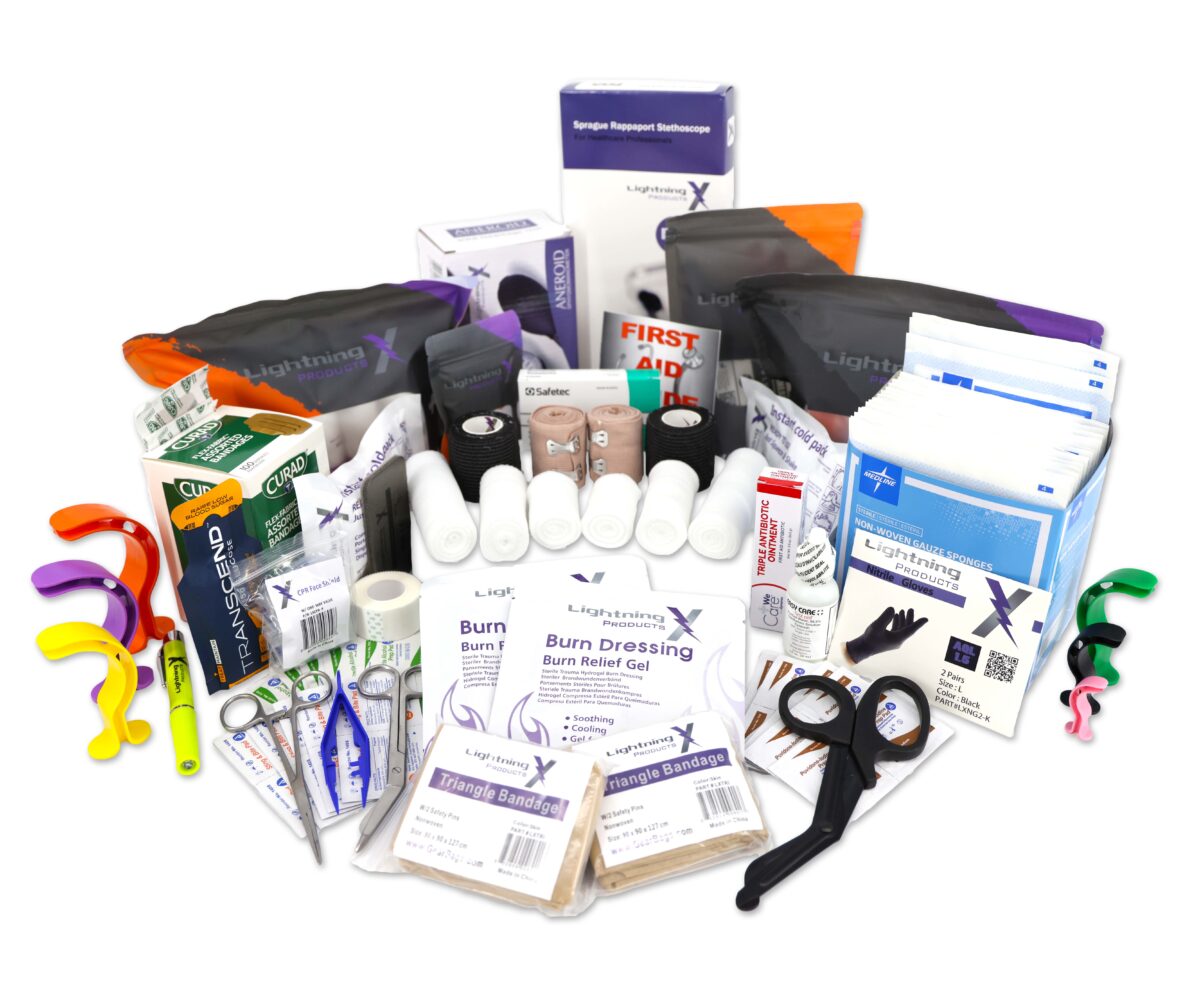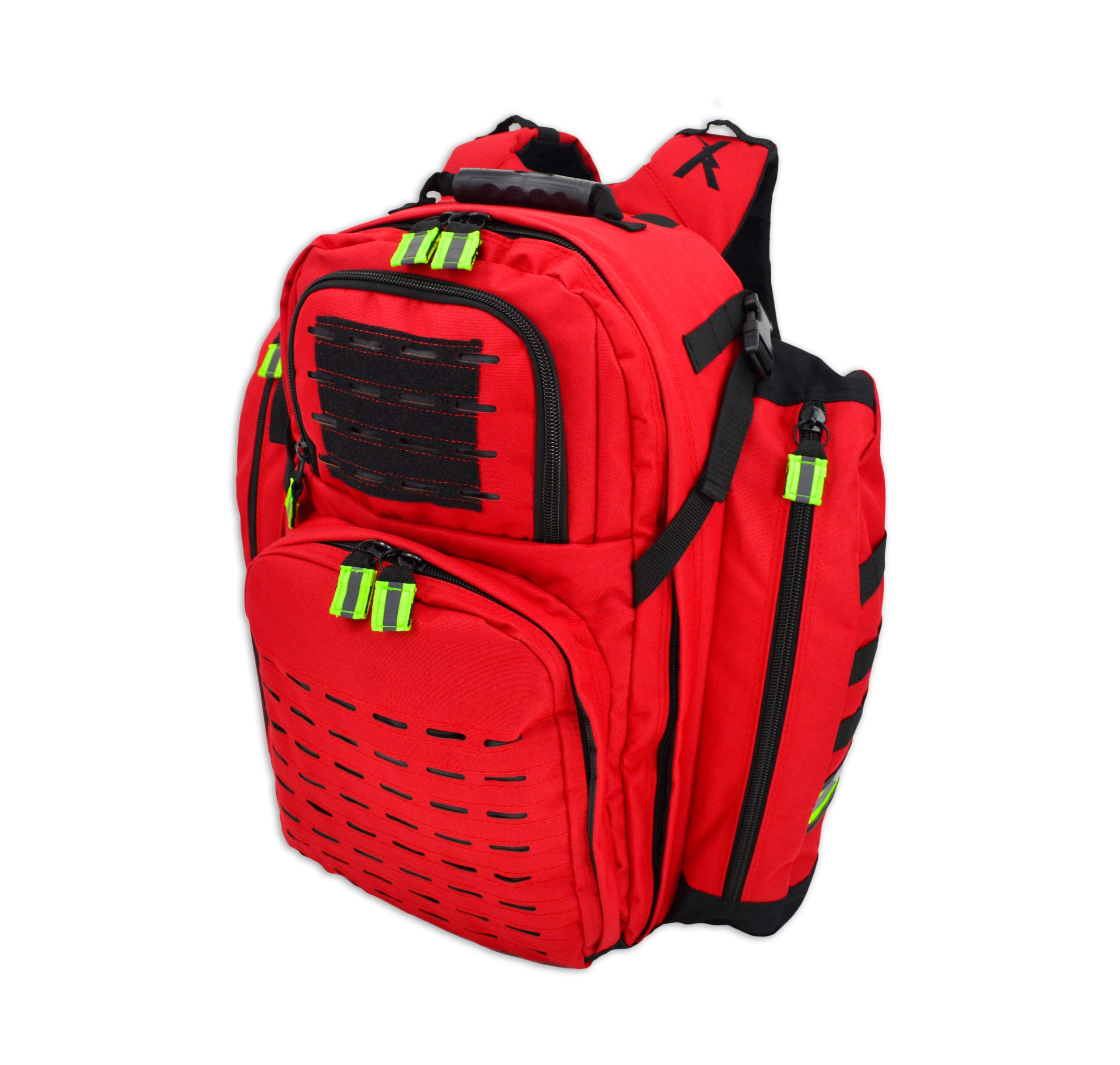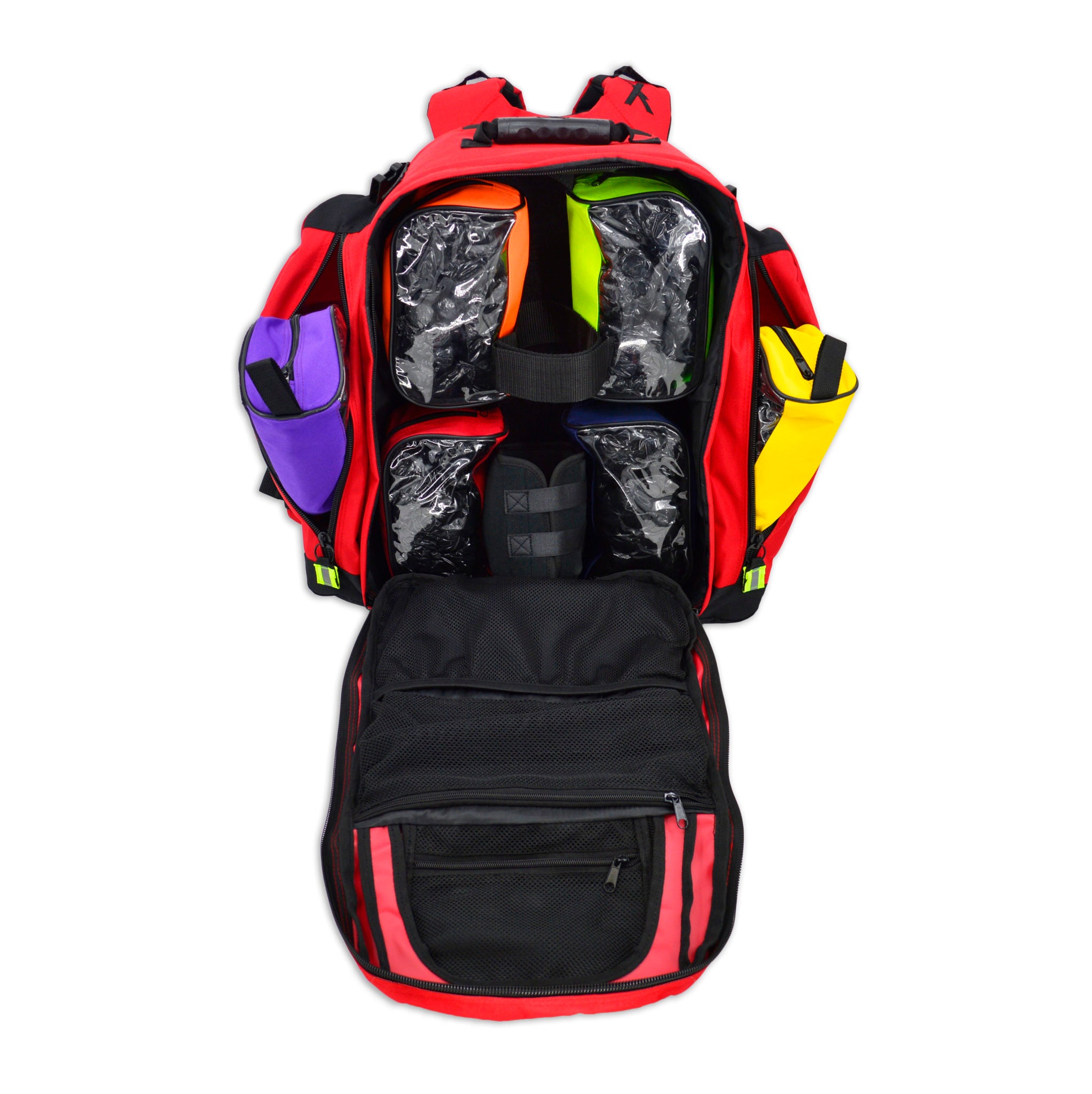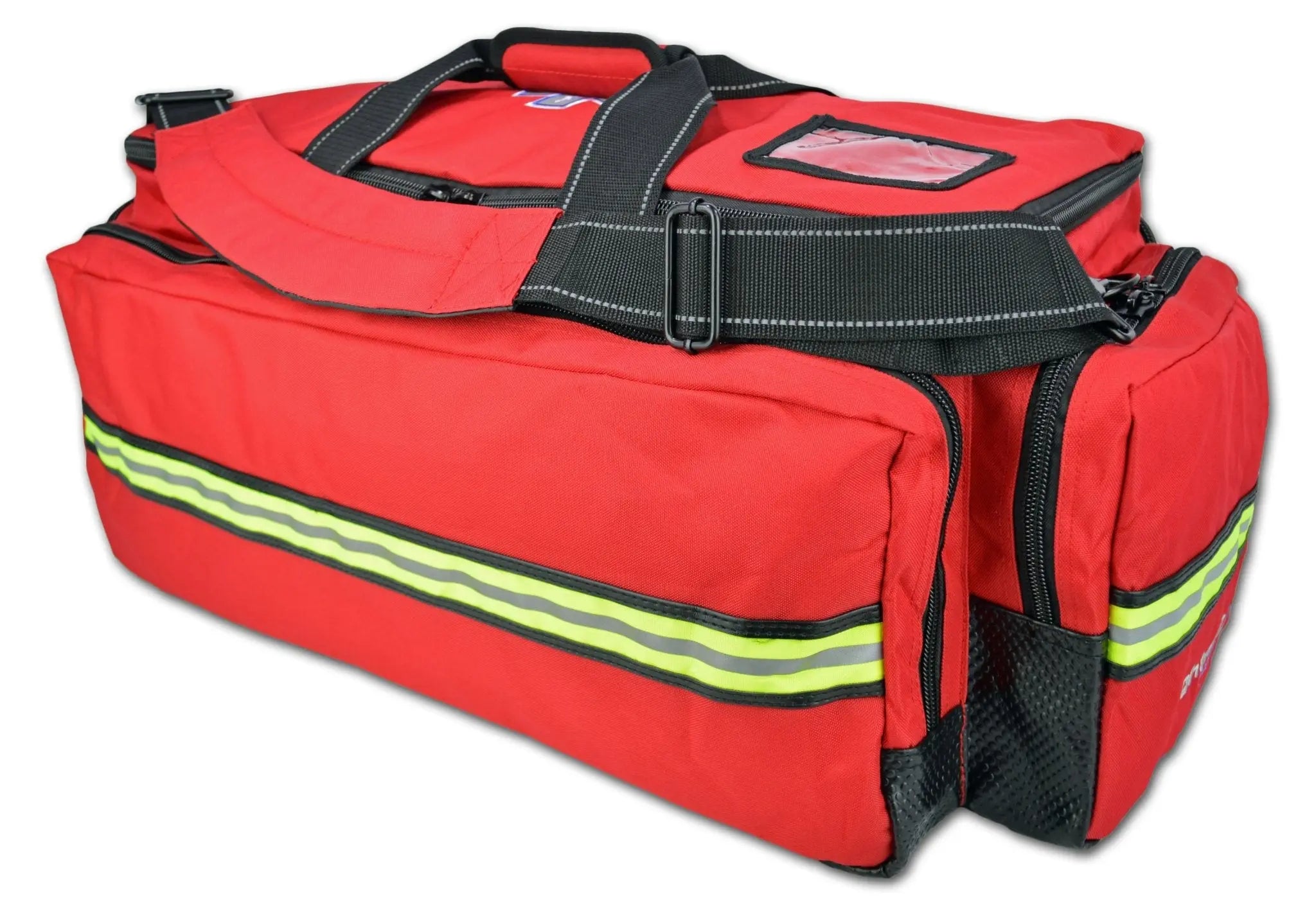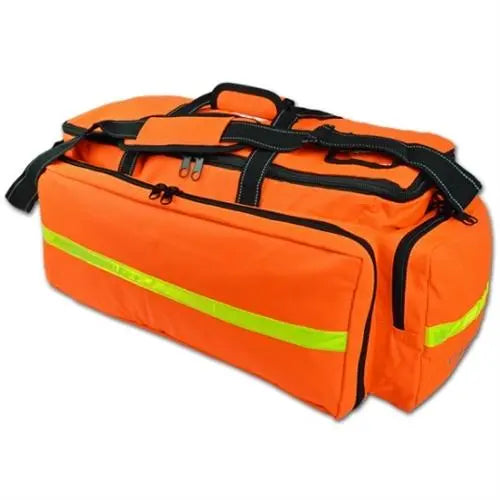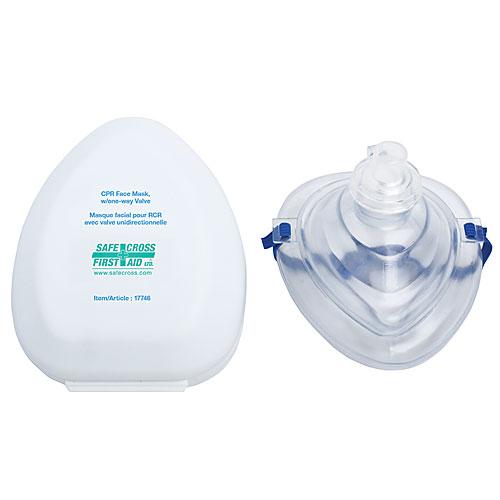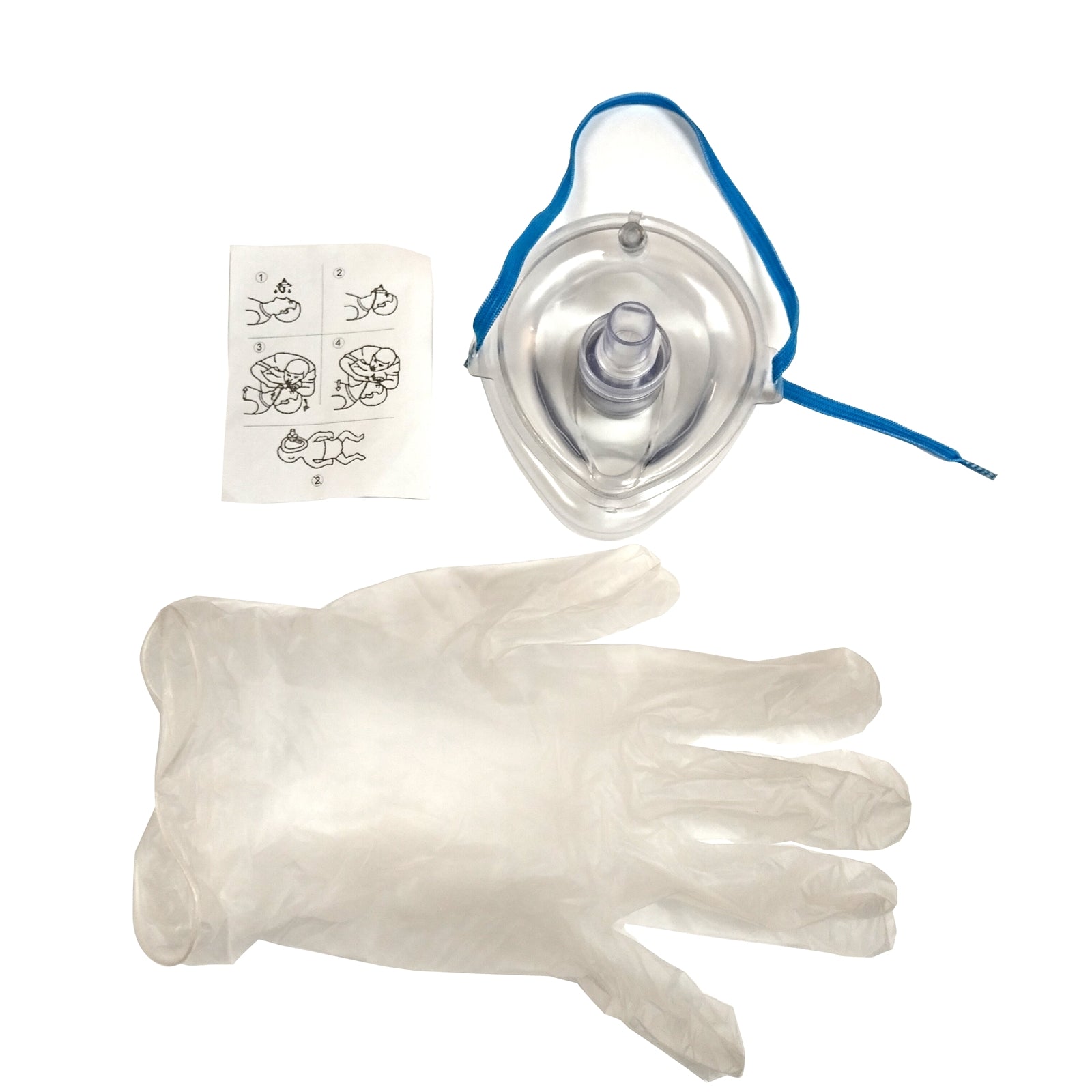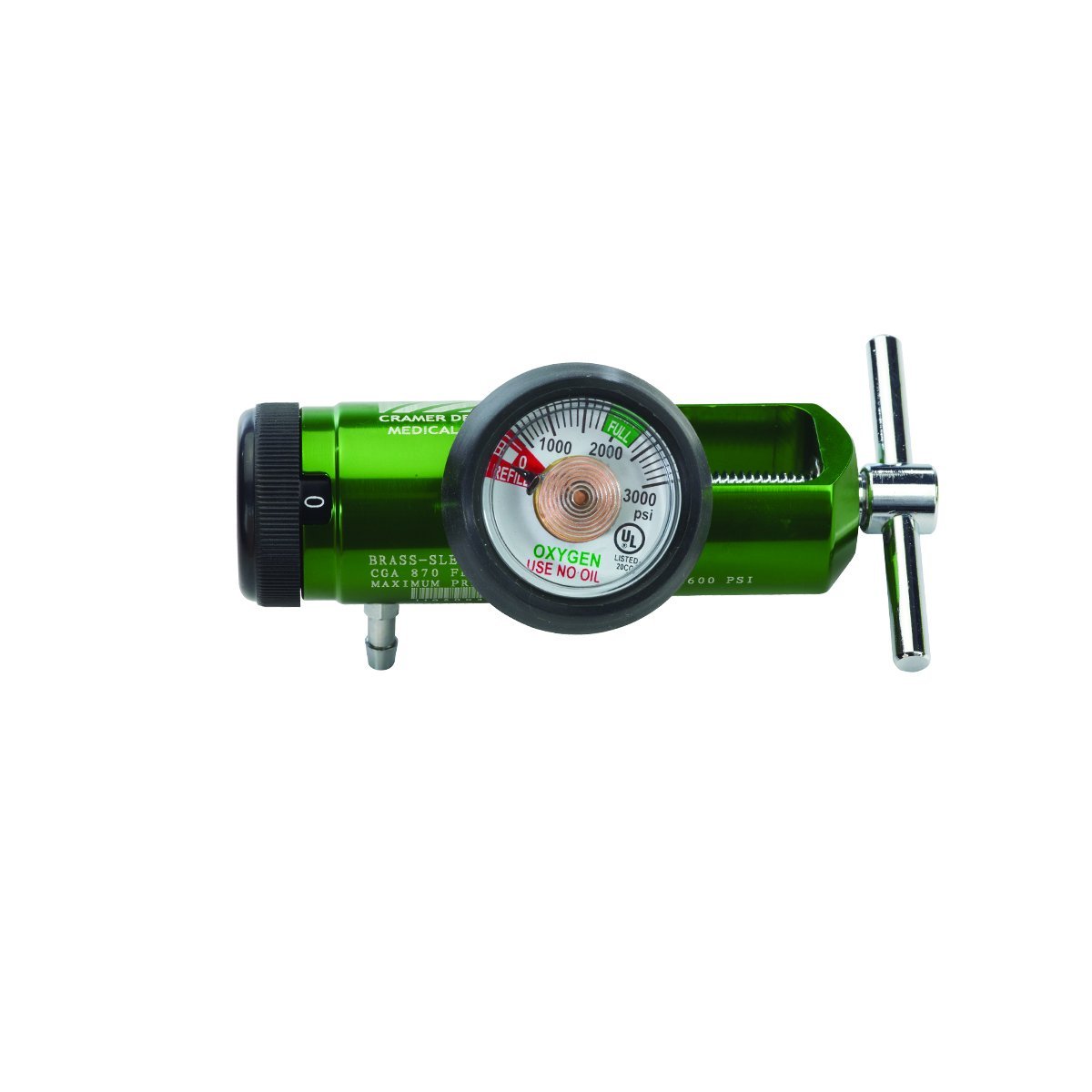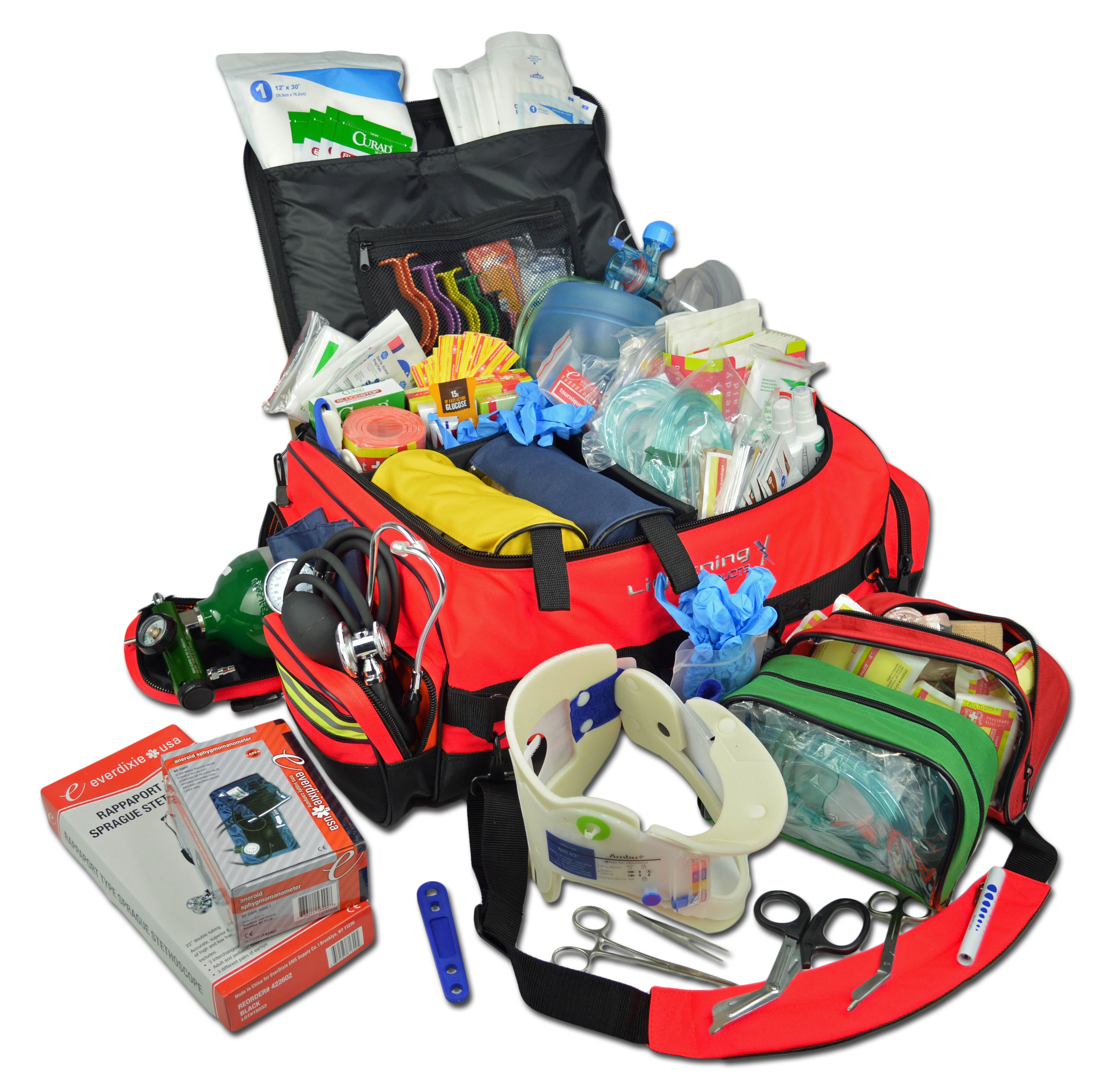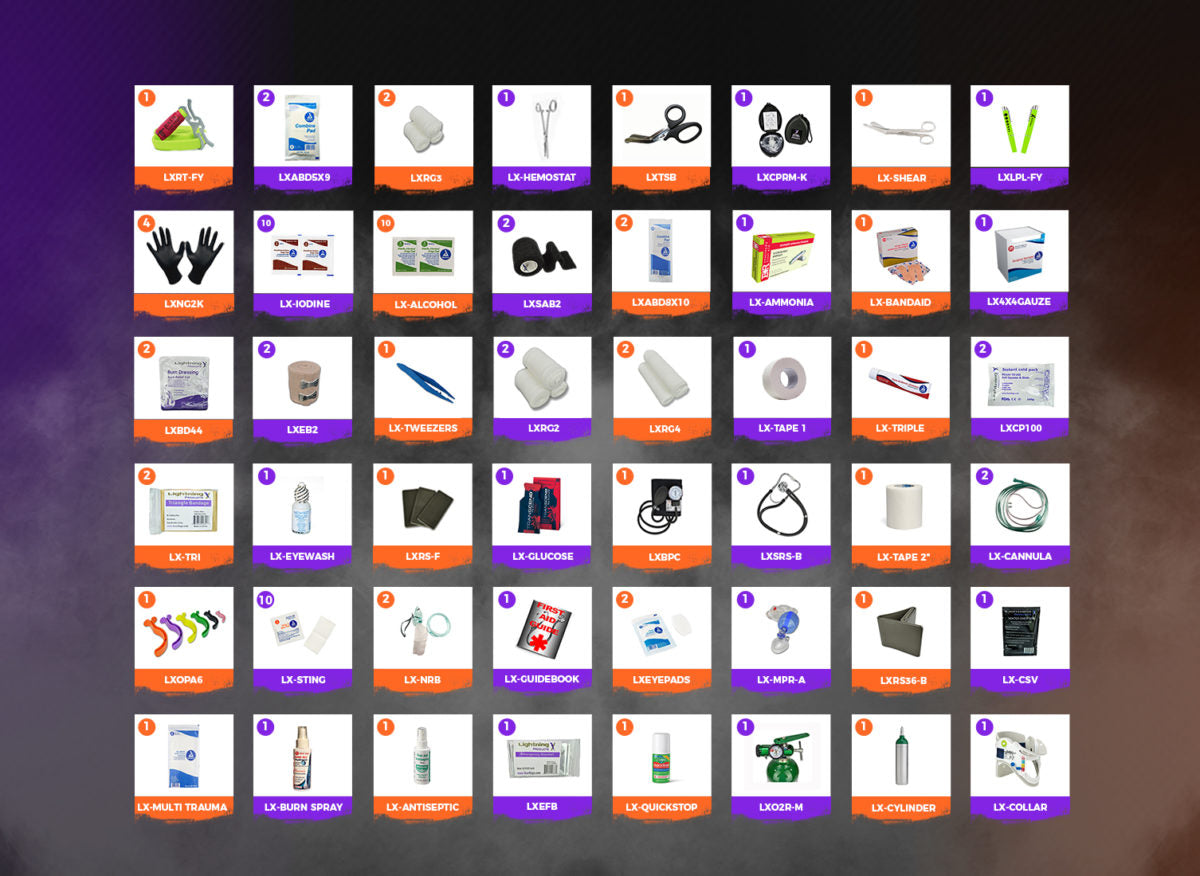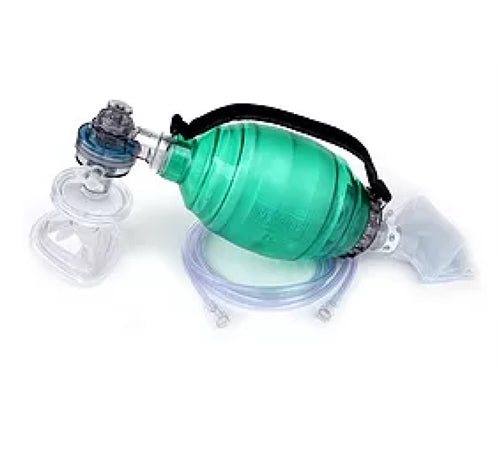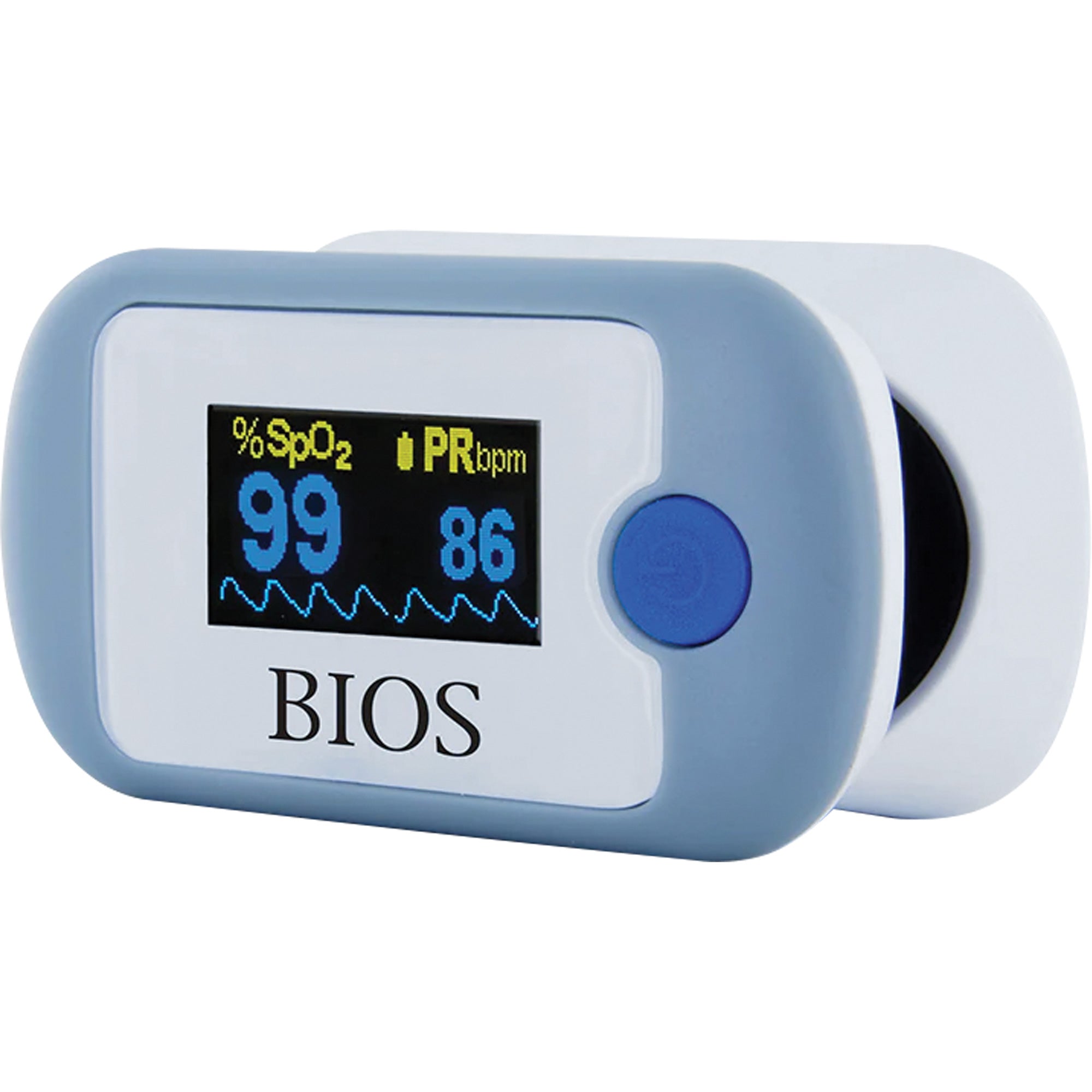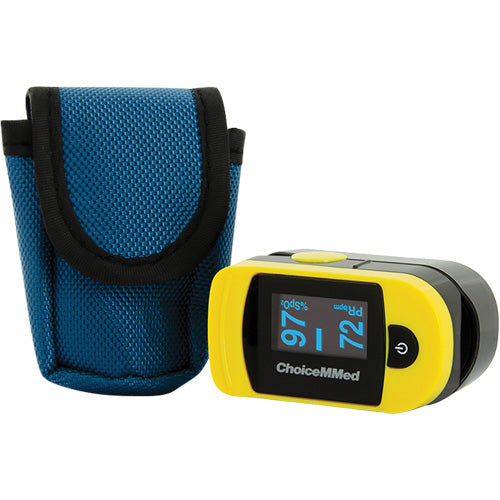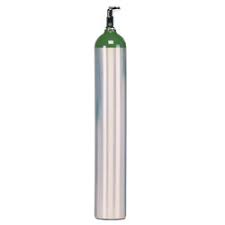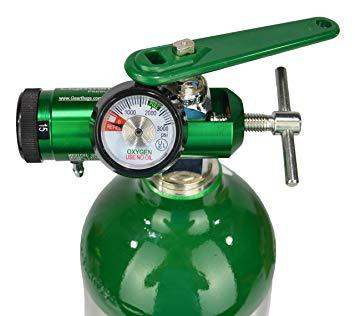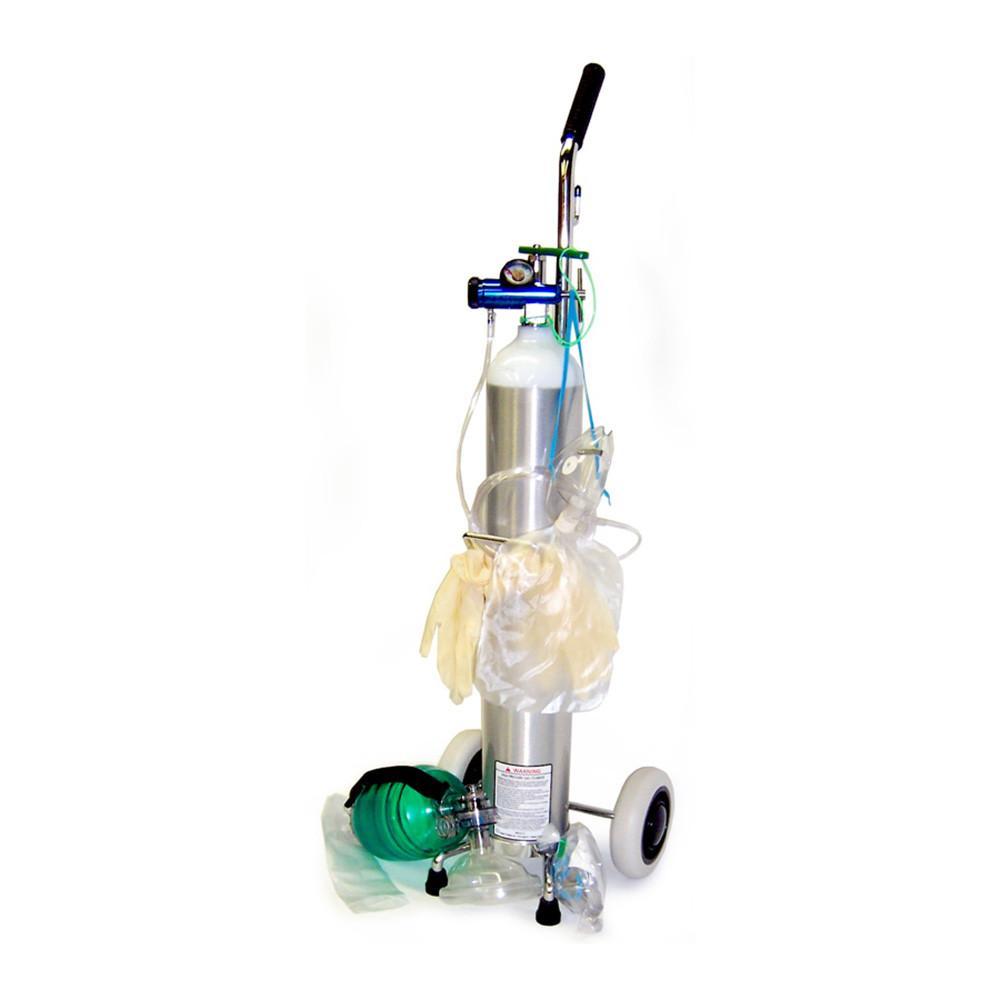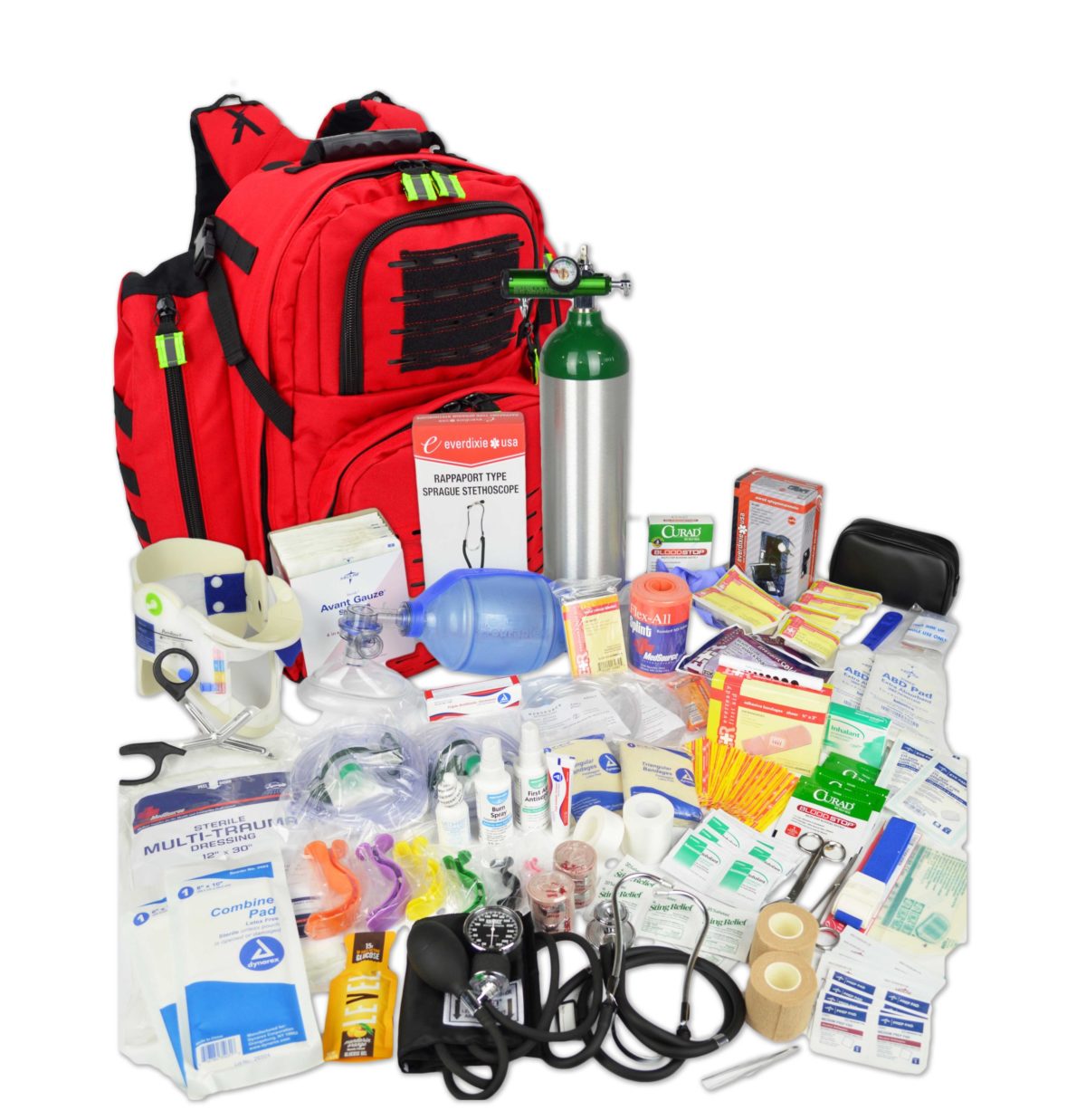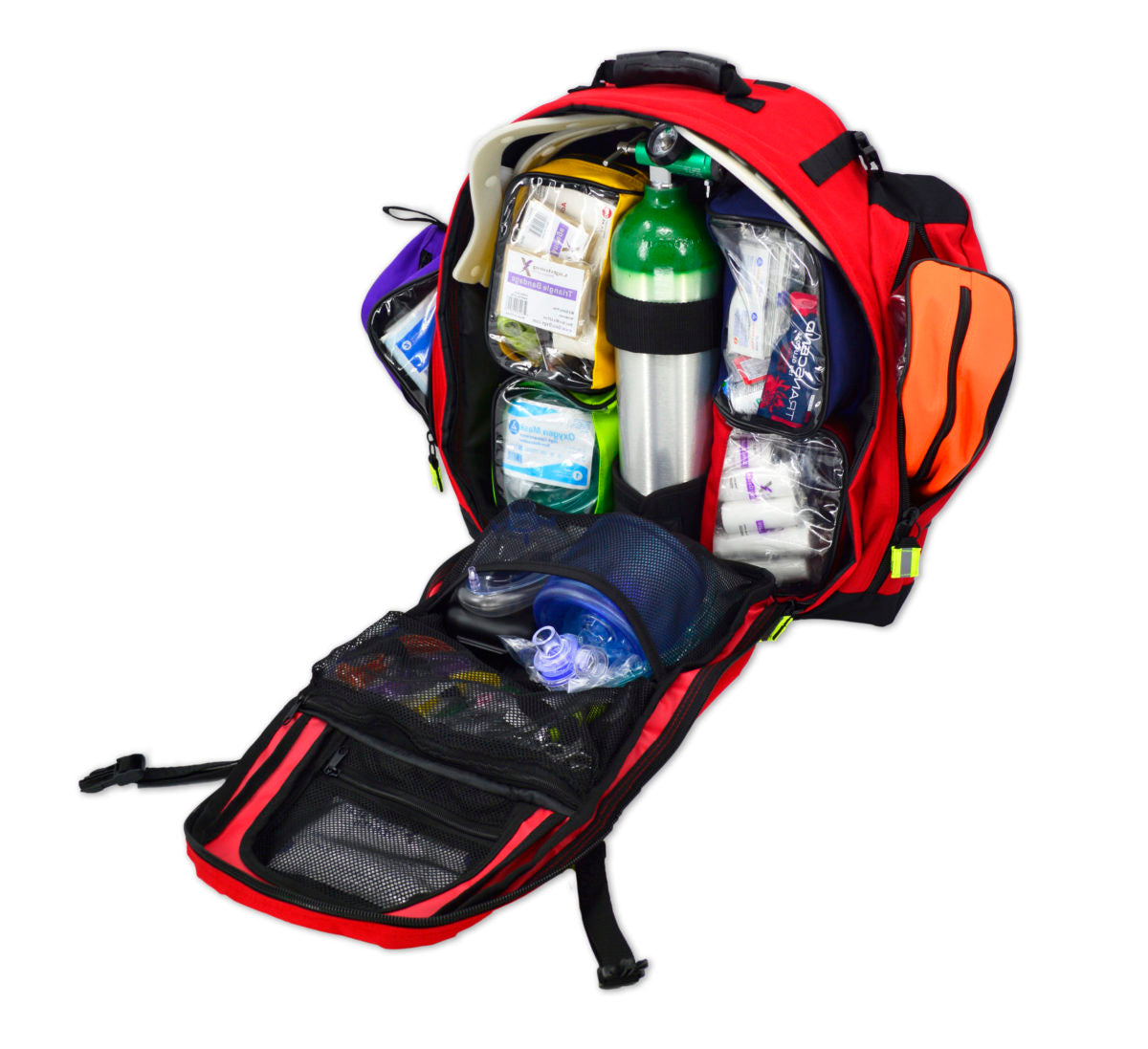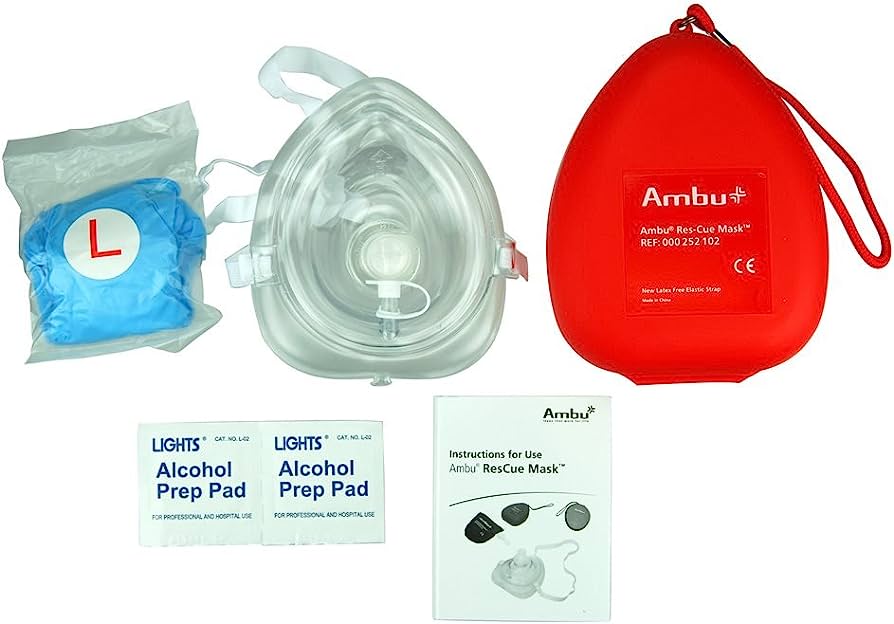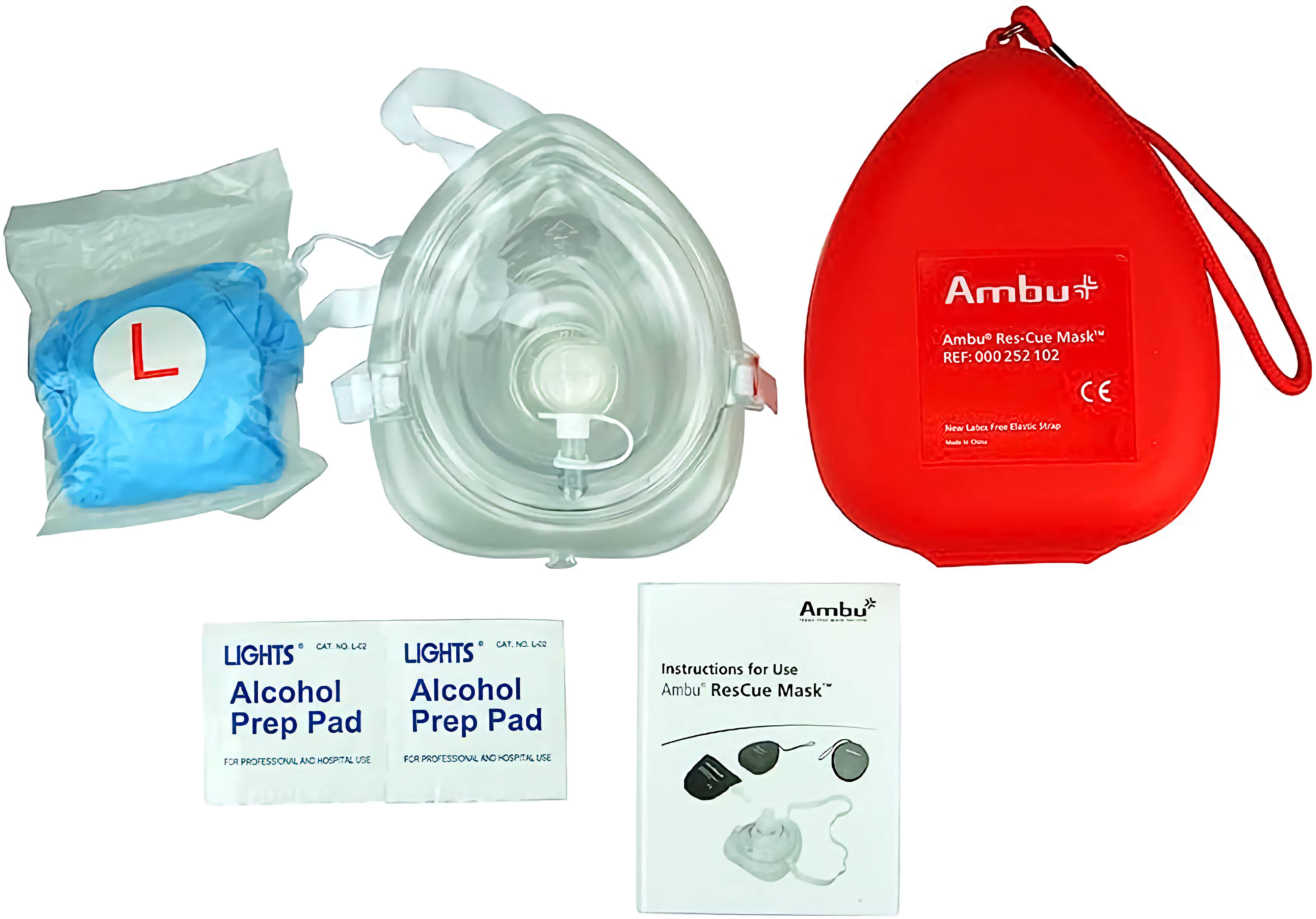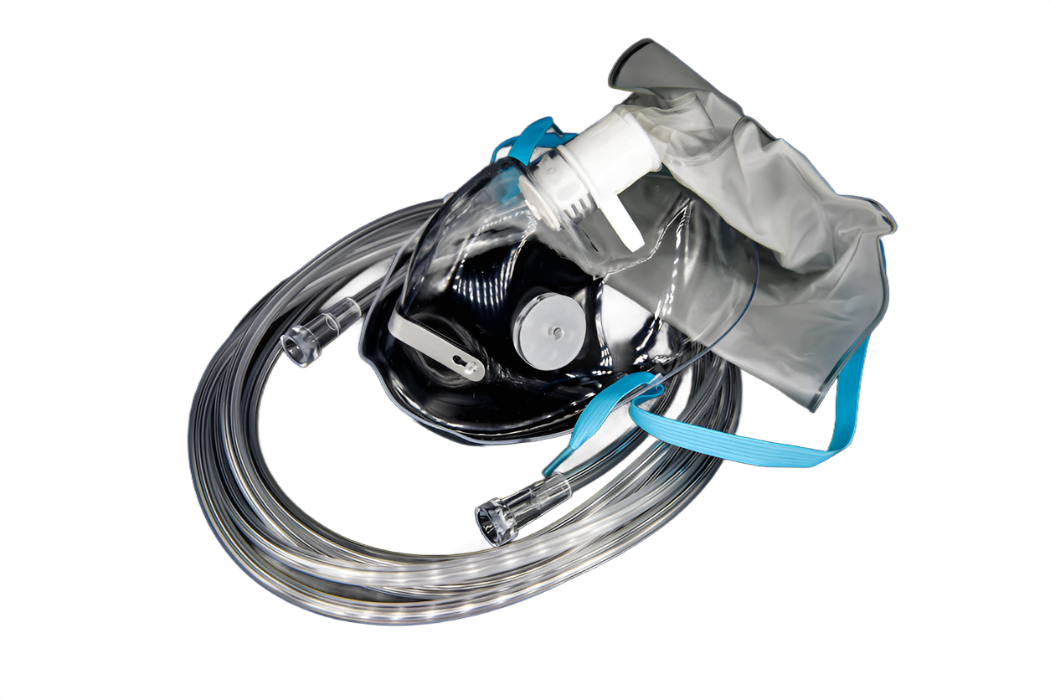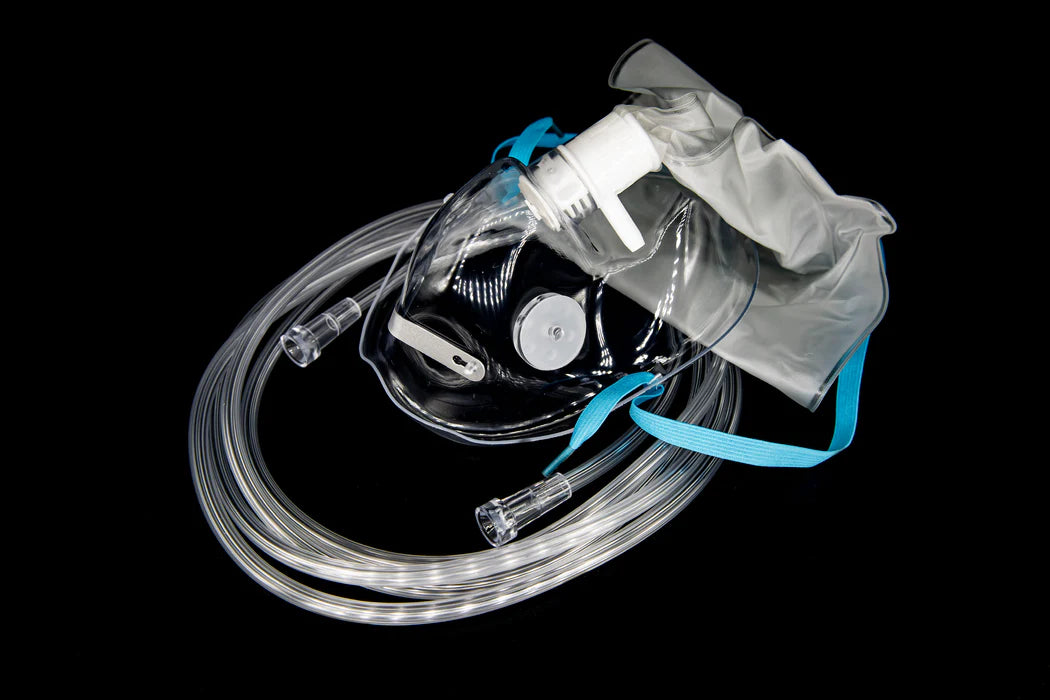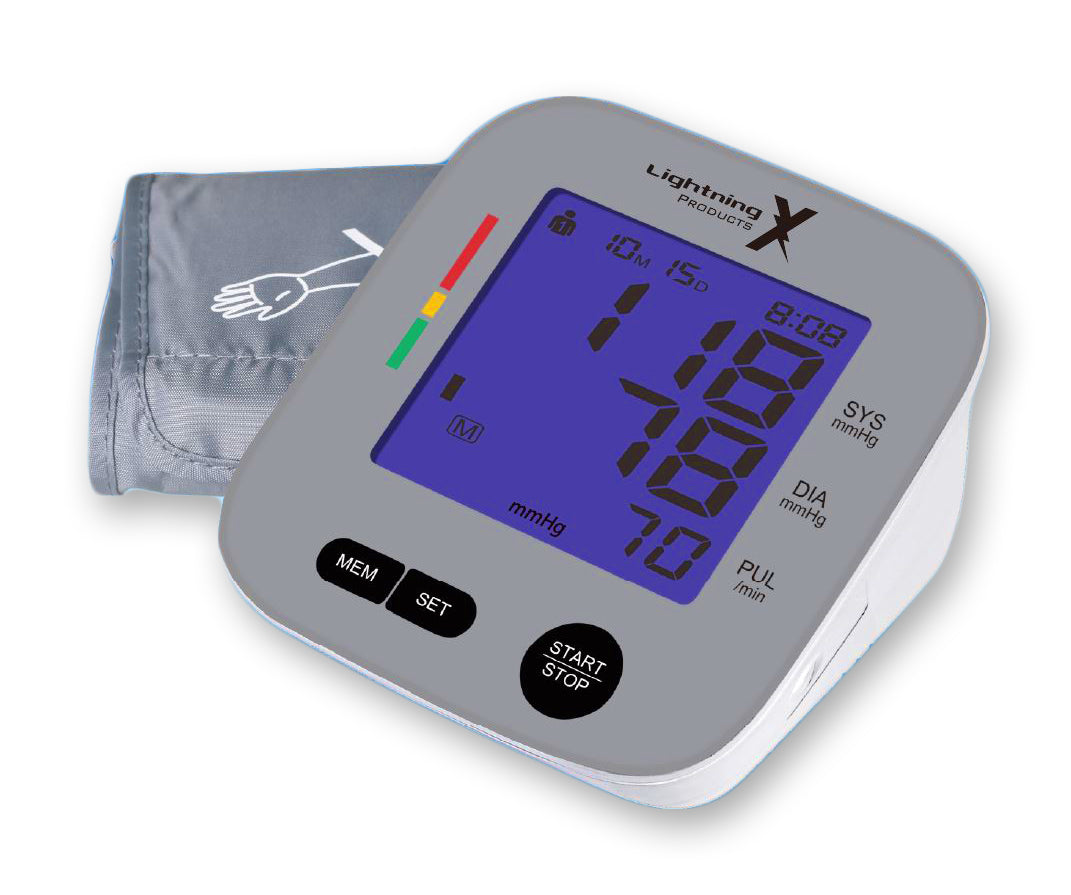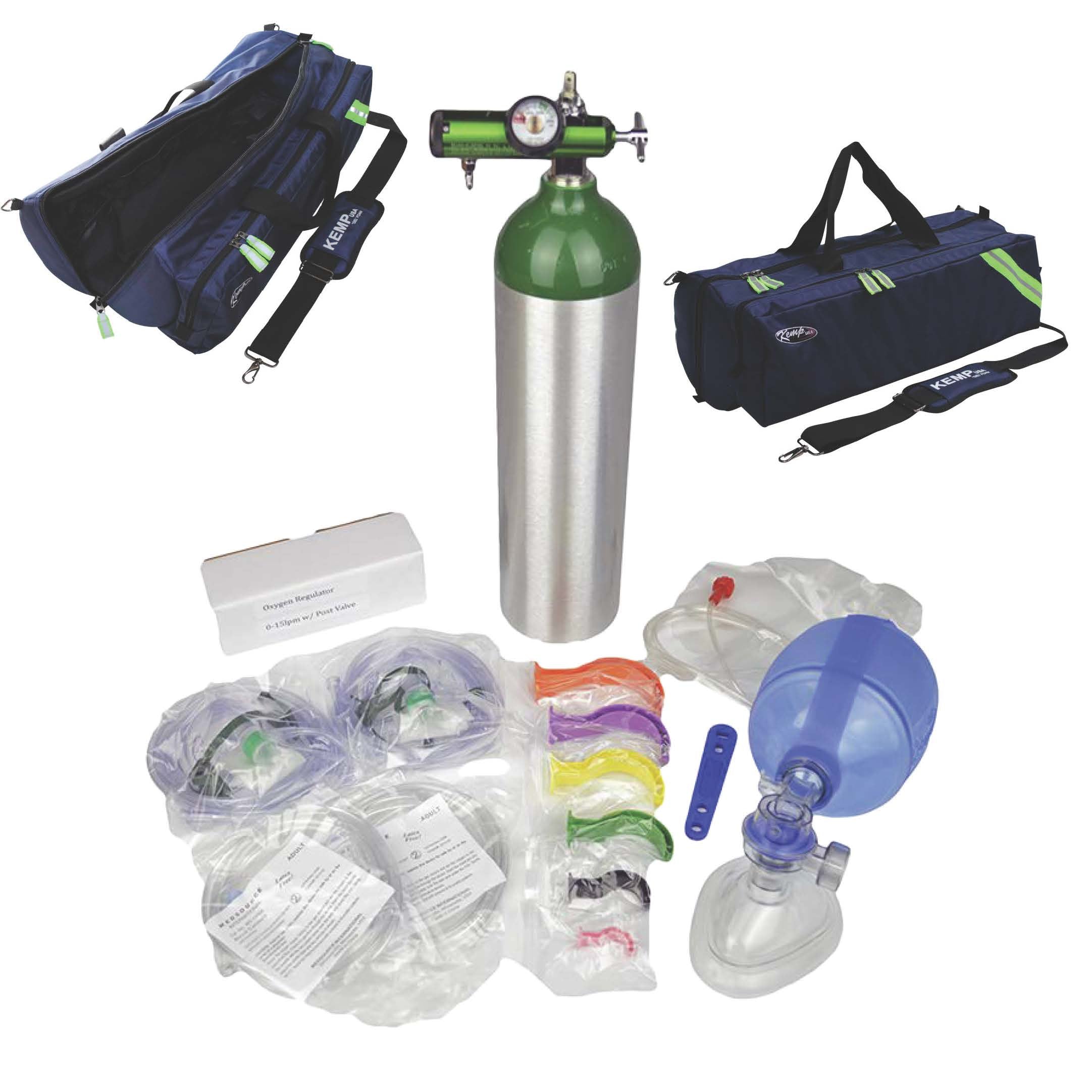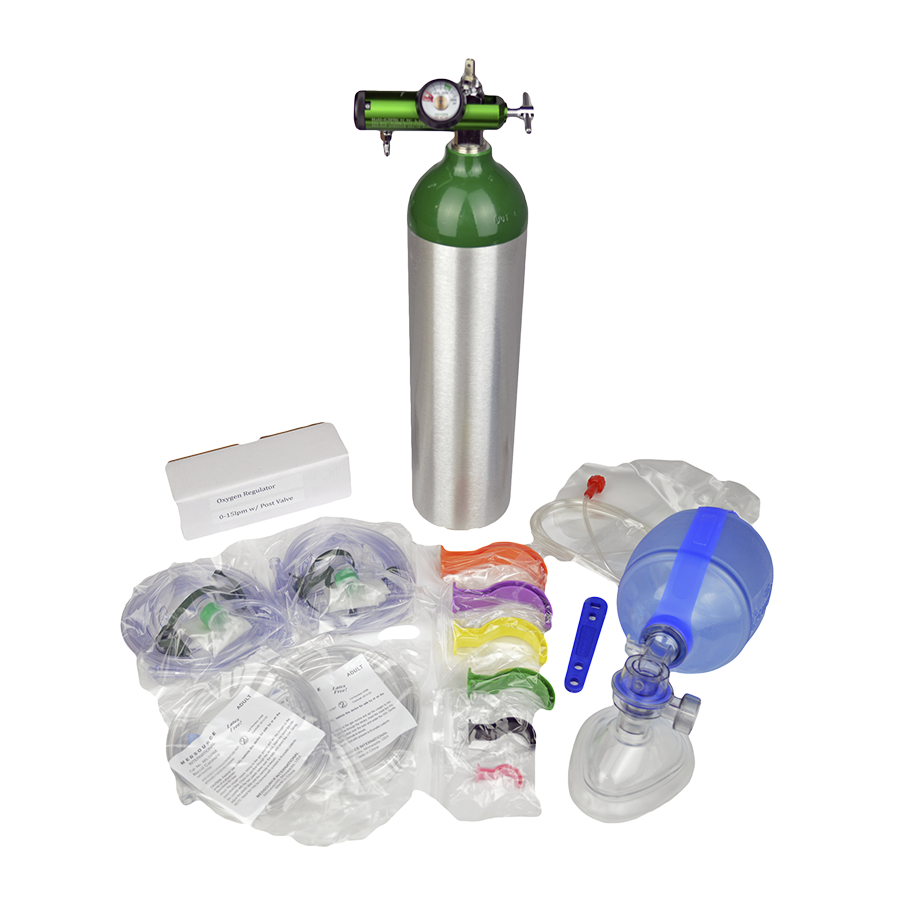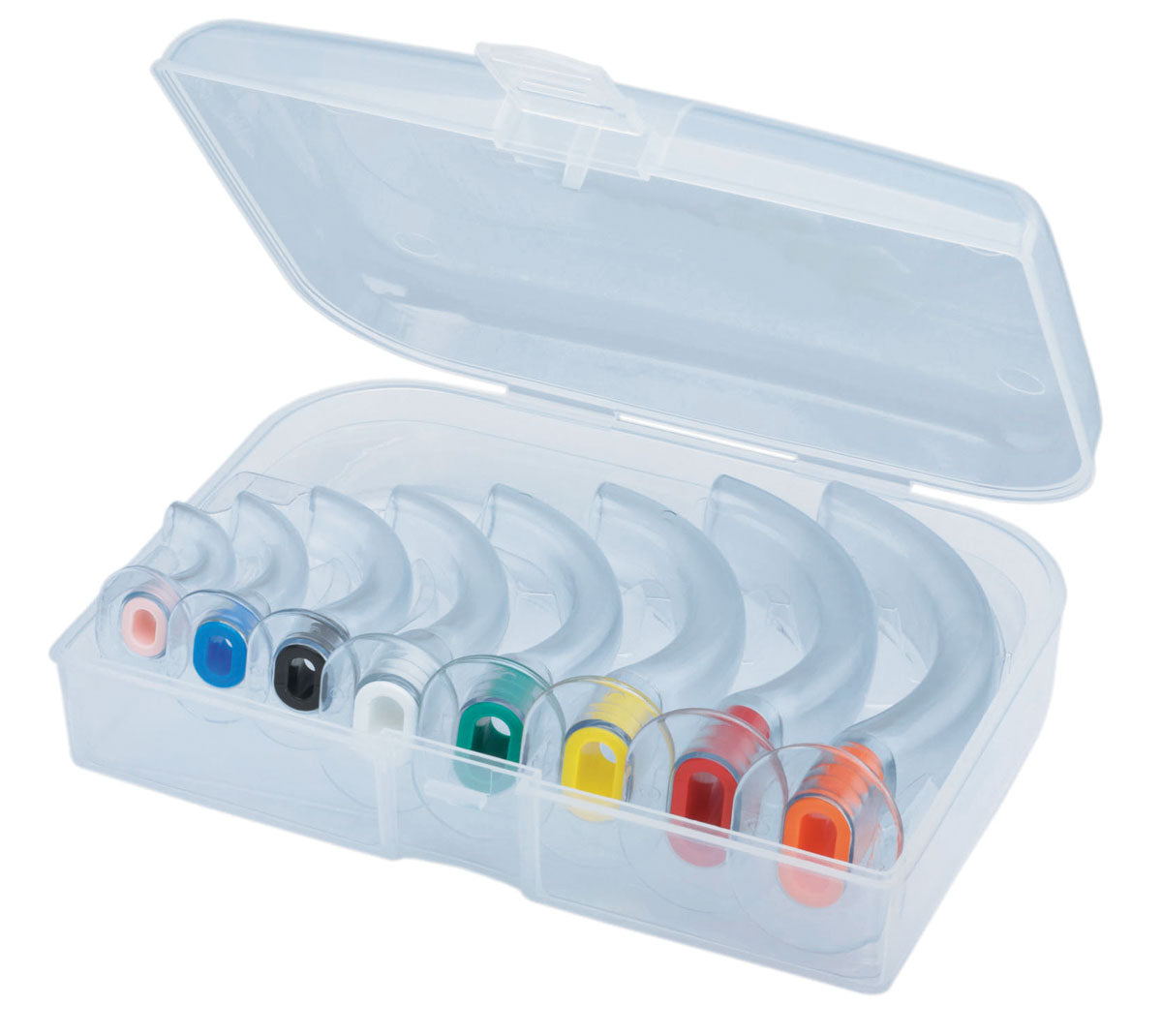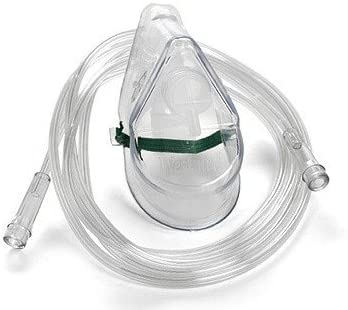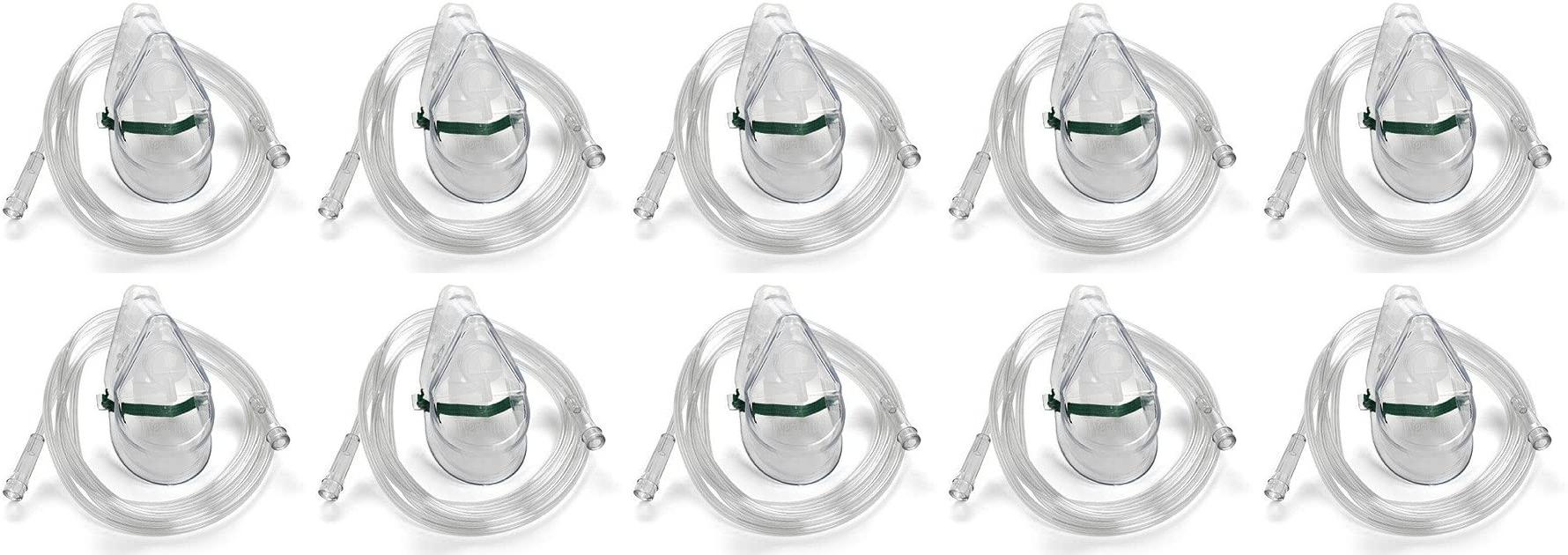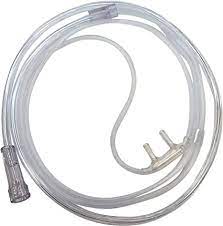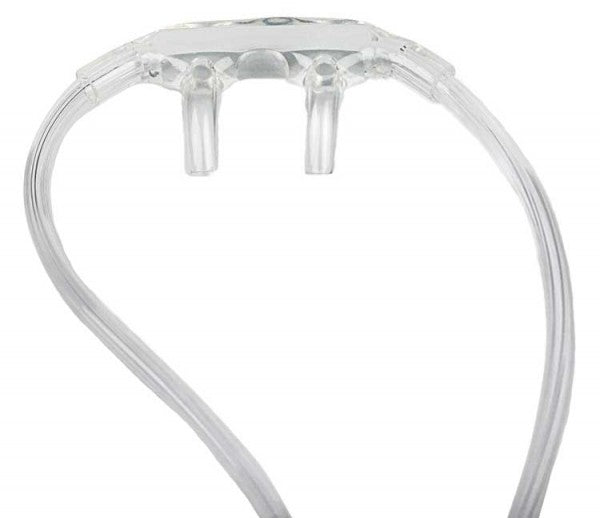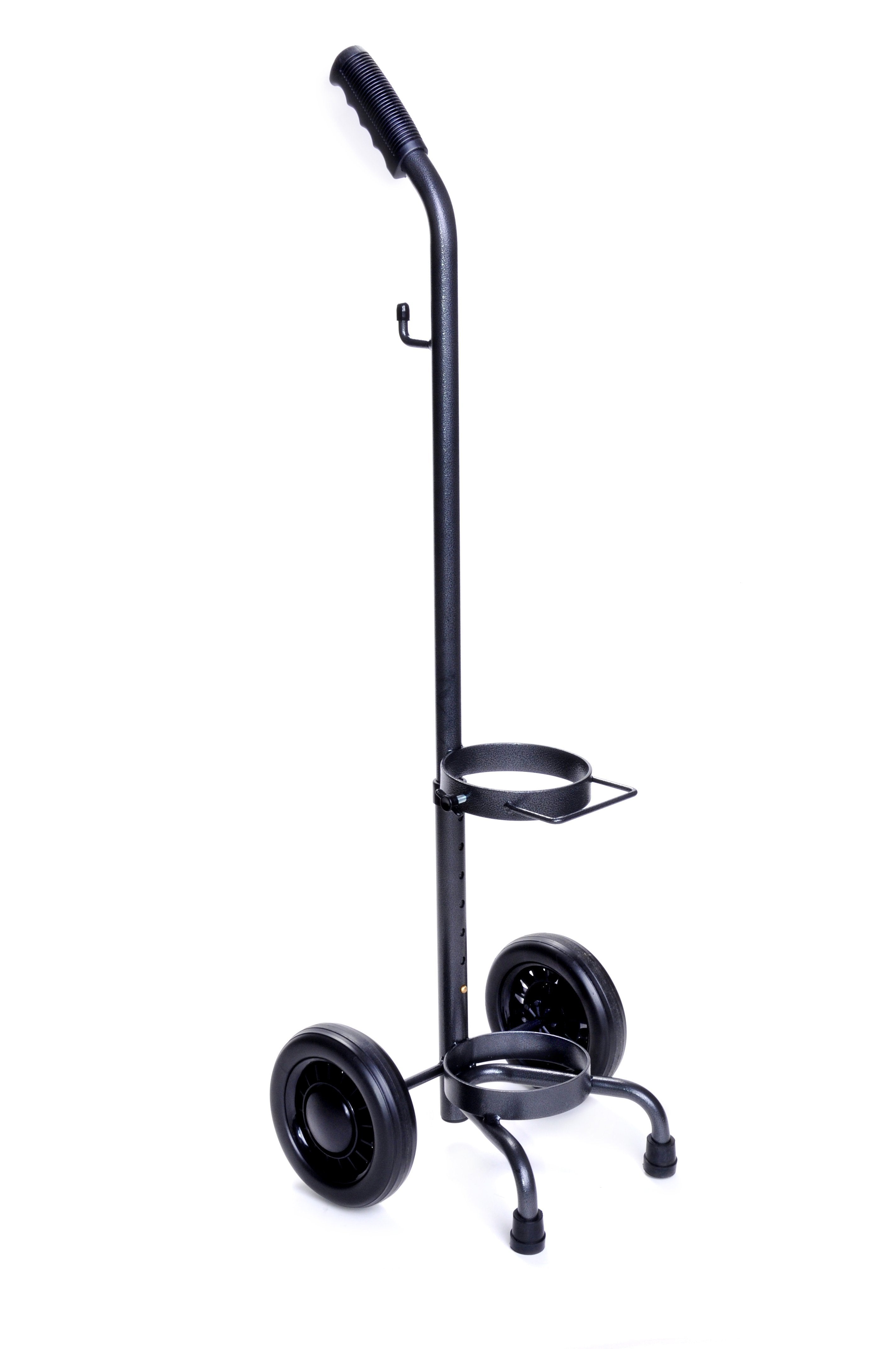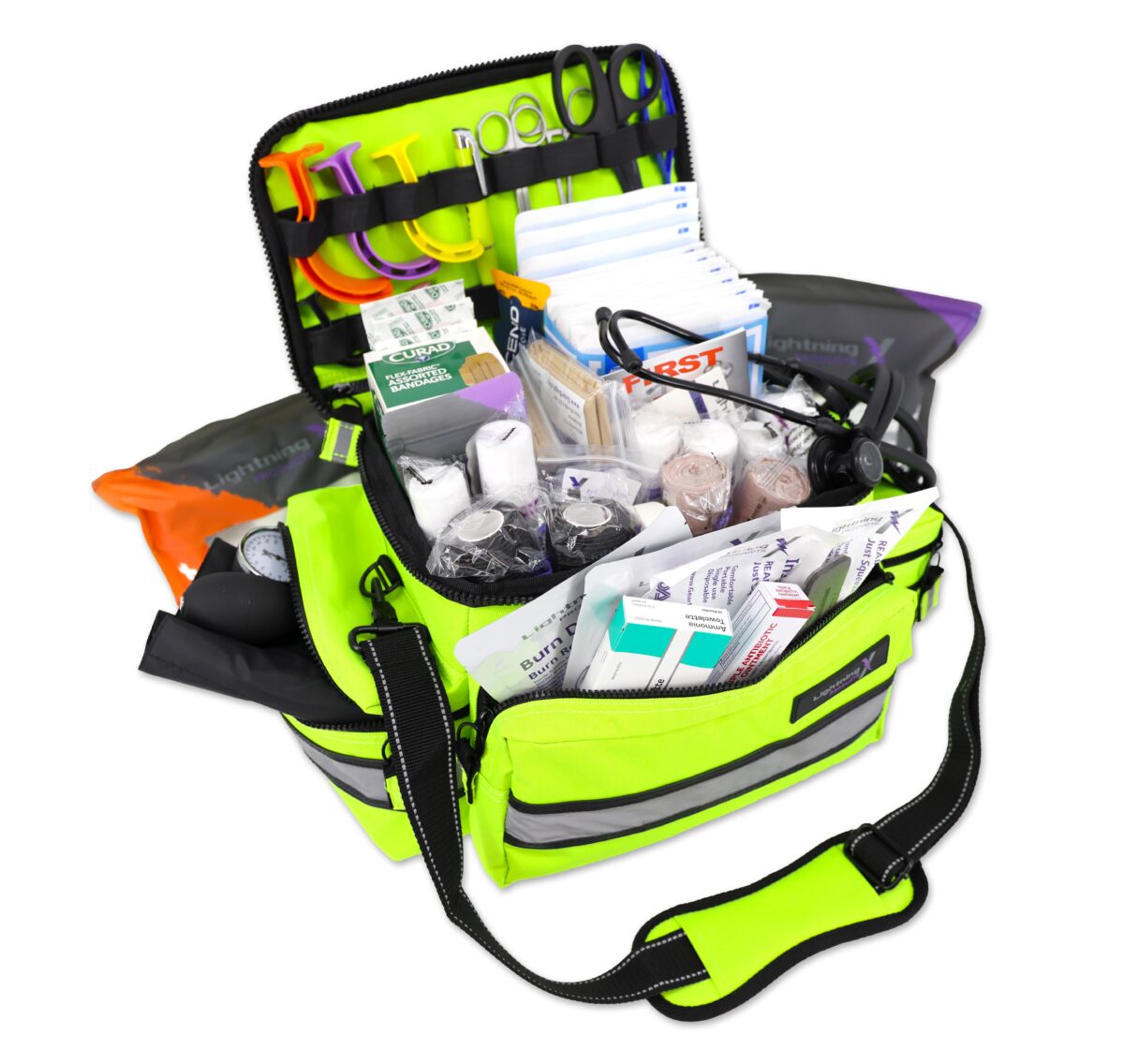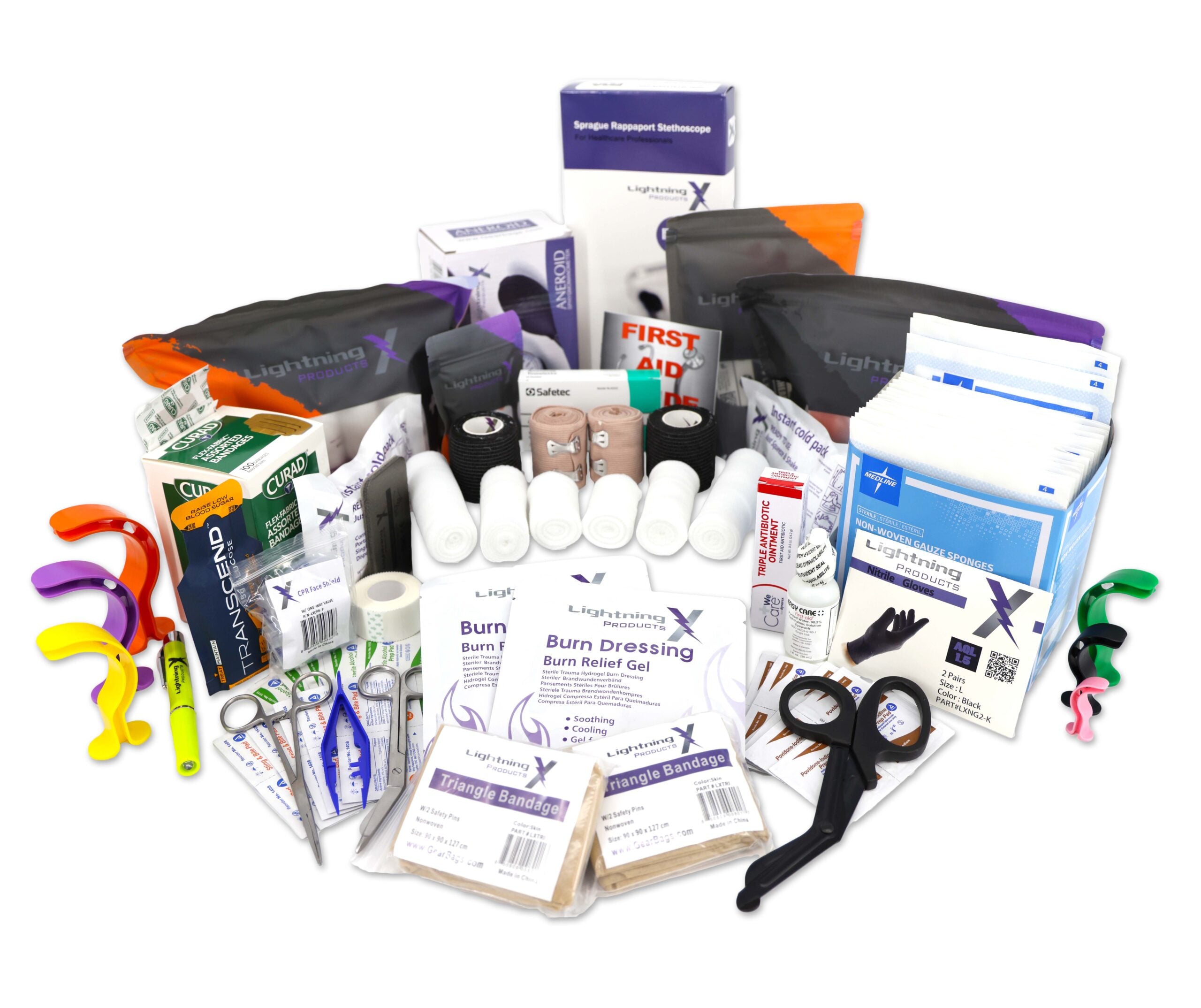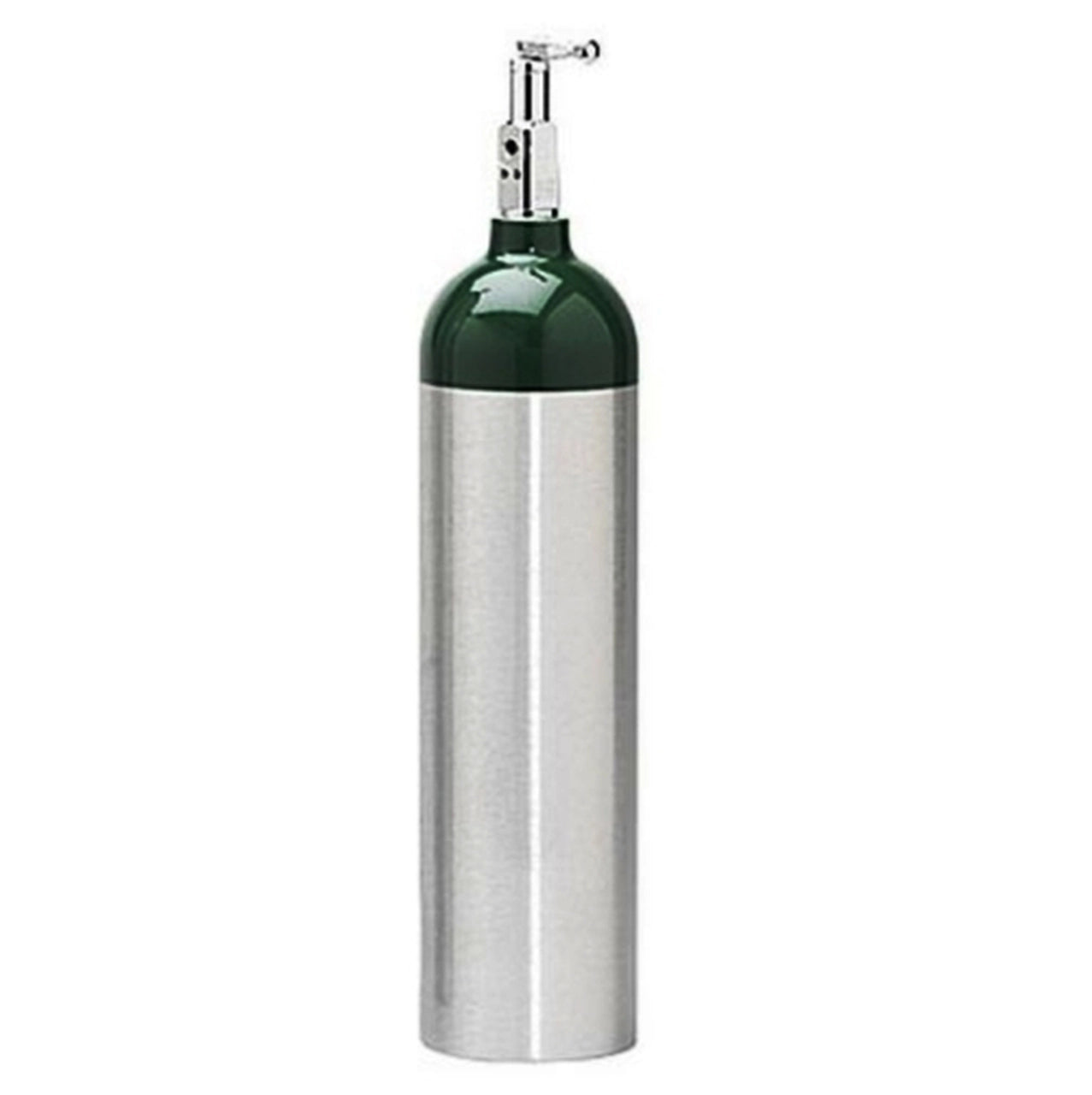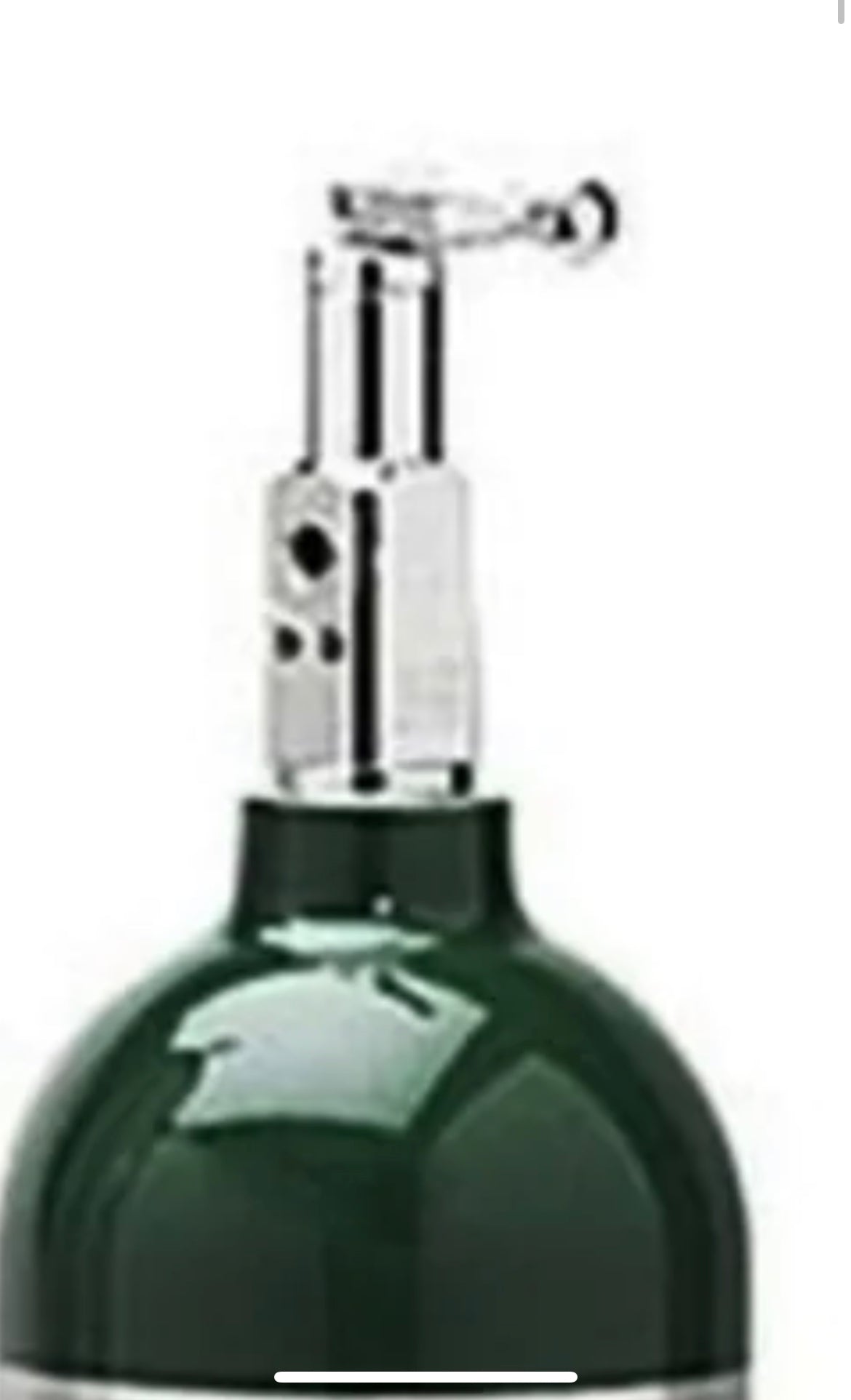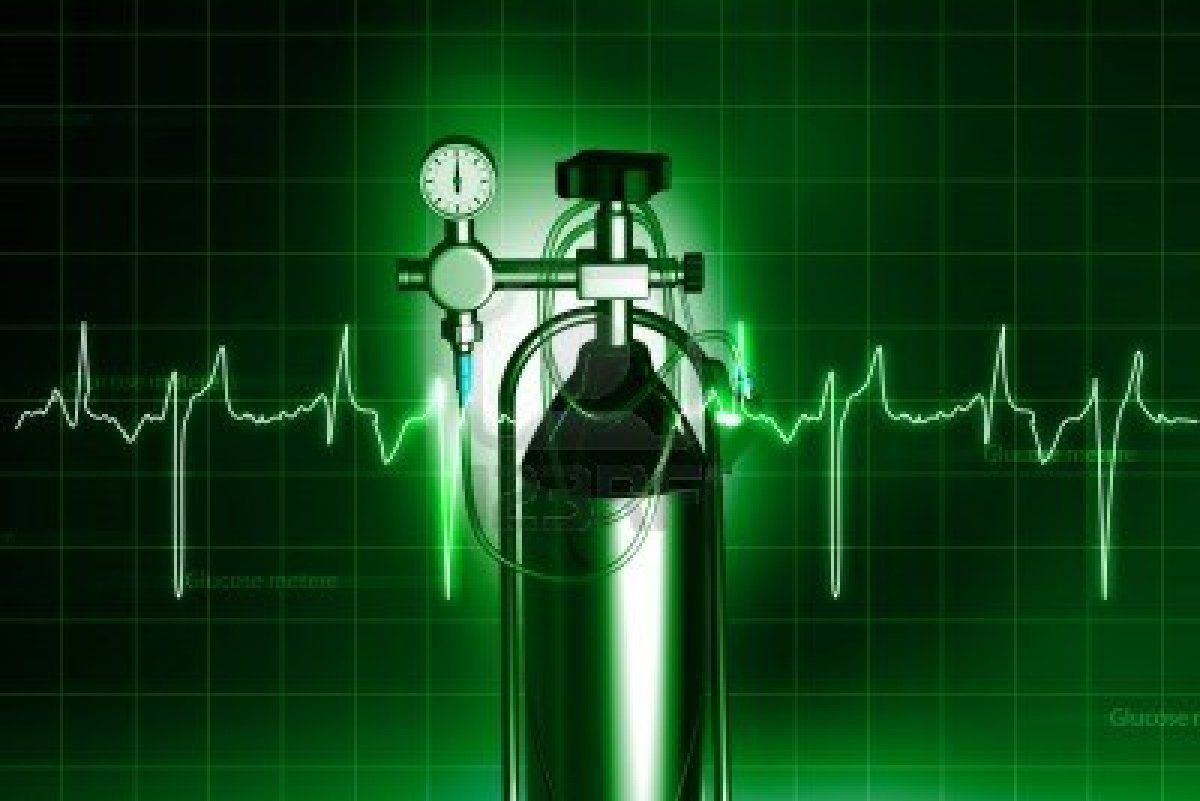
Enjoy the Benefits of Oxygen Therapy Products
Oxygen Therapy Products and Kits are used in the medical field to administer oxygen to patients who require supplemental oxygen for various medical conditions. These kits and supplies are essential in situations where individuals may have difficulty breathing, suffer from low blood oxygen levels, or experience other respiratory issues. Here are some common components and supplies you might find in an oxygen therapy kit:
Servoxy Emergency Oxygen: serves the national market in Canada and is involved in the distribution of emergency oxygen and related medical supplies.
Customer Base: Servoxy Emergency Oxygen serves a diverse customer base, which includes healthcare distributors, hospitals, pharmacies, clinics, first aid trainers, healthcare providers, as well as industrial and professional clients.
Health Canada Medical Device Establishment License: Servoxy Emergency Oxygen holds a Health Canada Medical Device Establishment License Number #2166.
This license is required for companies involved in the manufacturing, importing, distributing, or selling of medical devices in Canada.
-
Oxygen Source: This can be a portable oxygen tank or a centralized oxygen supply in a medical facility. Portable oxygen tanks are commonly used for home care and ambulatory oxygen therapy.
-
Oxygen Delivery Devices: These devices are used to deliver oxygen to the patient. Common delivery devices include:
- Oxygen Masks: These cover the nose and mouth, providing a higher concentration of oxygen.
- Nasal Cannulas: These are small, flexible tubes that fit into the nostrils, delivering oxygen directly to the patient's nose.
- Venturi Masks: These masks allow for precise control of the oxygen concentration delivered to the patient.
- Oxygen Concentrators: These are electrical devices that extract oxygen from the surrounding air and deliver it to the patient through a nasal cannula or mask.
-
Flow Regulator: A device that allows healthcare providers to adjust and control the flow rate of oxygen delivered to the patient.
-
Humidification System: In some cases, oxygen therapy may dry out the patient's airways, so a humidification system can be used to add moisture to the oxygen.
-
Tubing: Flexible tubes connect the oxygen source to the delivery device, allowing oxygen to flow from the source to the patient.
-
Pressure Regulator: This device helps control the pressure of oxygen, ensuring it is delivered to the patient at a safe and appropriate level.
-
Reservoir Bags: These bags are used in some masks to provide a reservoir of oxygen, allowing the patient to inhale a higher concentration of oxygen during inhalation.
-
Emergency Equipment: Oxygen therapy kits may also include emergency supplies like resuscitation bags, face shields, and other items needed for life-saving interventions.
-
Accessories: Other accessories, such as oxygen wrenches for tank adjustments, carrying cases for portable oxygen tanks, and protective coverings for oxygen concentrators, may also be included in these kits.
It's important to note that the specific contents of an oxygen therapy kit can vary depending on the medical facility, the patient's needs, and the type of oxygen therapy being administered. Oxygen therapy is a critical intervention in healthcare, and proper training and understanding of its use are essential for healthcare professionals to ensure patient safety and optimal treatment outcomes.
Oxygen Therapy Products have been exponentially useful in managing a variety of health conditions because they deliver the right amount of supplemental oxygen the body needs. They are designed to assure safe and optimal oxygen levels according to the recommendations of health experts.
These kits are meticulously crafted and vetted. But, more than just their outstanding quality, you would find that they also offer economic value. With these oxygen therapy kits, managing your need for supplemental oxygen becomes more comfortable, convenient, and cost-effective.
So, why hesitate? Start caring for your health and well-being today. Choose the reliability of Oxygen Therapy Products and live a healthier, happier life.

